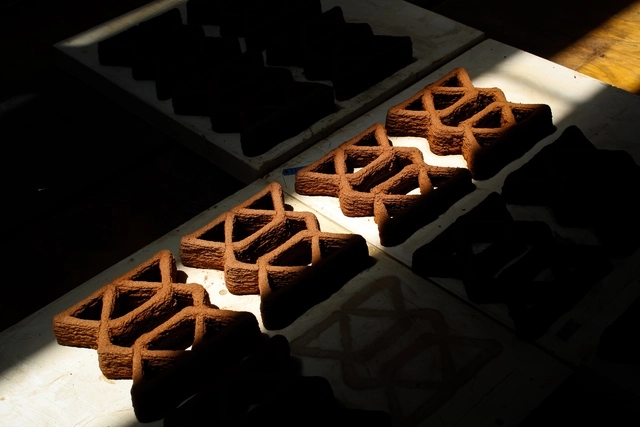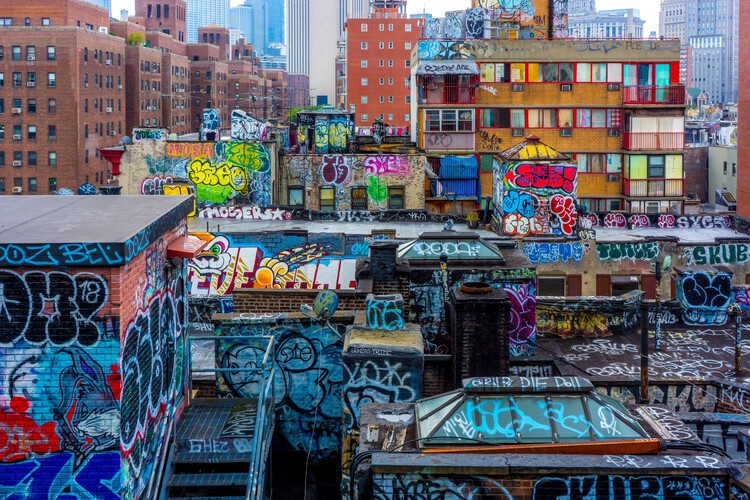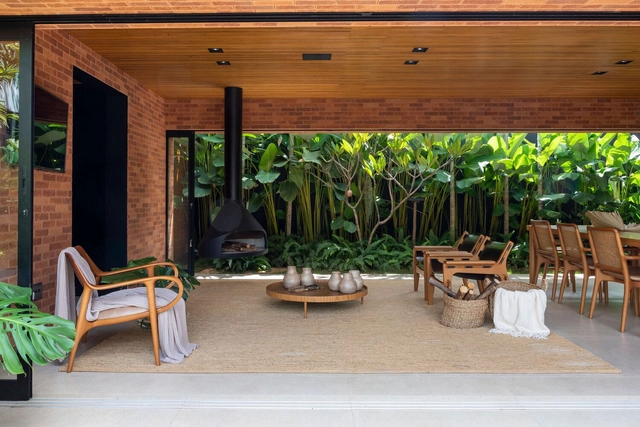
Carved stones were the first tools that hominids used to transform their environment. It is exciting to imagine how, since the Stone Age —a period that began approximately around 10,000 BC— and thanks to humanity's long evolutionary process, the tools we used have evolved from simple stones to complex robotic systems. These advancements represent a revolution in production methods, both at the current industrial level and on a local scale.
Technologies such as artificial intelligence (AI) and digital fabrication systems have been perceived as labor-replacing threats varying by context. In Latin America, manual fabrication is deeply ingrained, specialized, and cost-efficient in some sectors, making digital substitution less pressing. In contrast, biomaterials derived from fungi or agro-waste provide environmentally friendly construction alternatives, promoting sustainability and circular economies. This stimulates meaningful discussions about the potential of digital fabrication, requiring an understanding of local resources and challenges. Therefore, it lays the groundwork for biomaterials that preserve identity while offering solutions to local issues.








































































.jpg?1627408898)









































